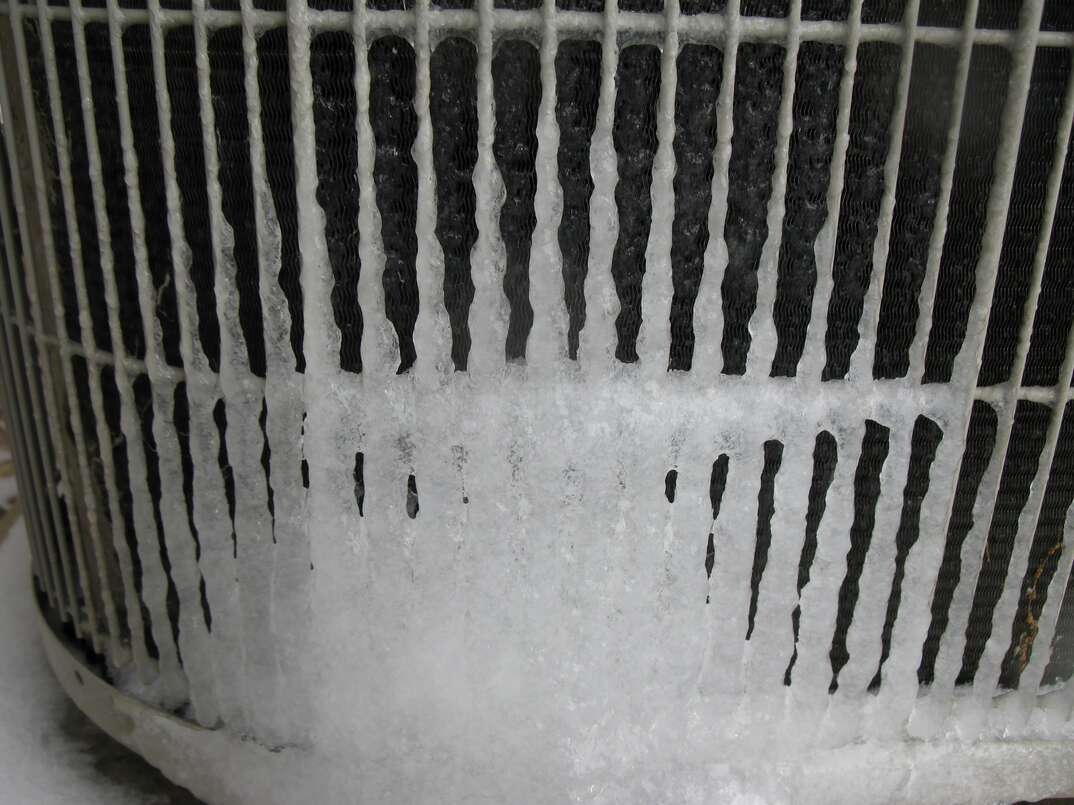How to Deal With a Frozen AC Pipe - Essential Steps for Recovery
How to Deal With a Frozen AC Pipe - Essential Steps for Recovery
Blog Article
We've discovered the article on Have a Frozen AC Line? Here’s How to Fix It down the page on the web and decided it made sense to write about it with you on this page.

Intro
Finding that your air conditioner pipe is frozen can be worrying, specifically during warm summer season when you depend on your a/c one of the most. Understanding what to do in such a scenario is essential to stop further damages to your air conditioning system and ensure your convenience inside your home.
Recognizing the Causes
Several aspects can add to the freezing of an air conditioner pipe. Comprehending these causes can assist you deal with the problem properly.
Absence of Airflow
One usual root cause of an icy air conditioner pipeline is inadequate air movement. When the air movement over the evaporator coil is limited, it can create the coil to go down below freezing temperature level, causing ice formation on the pipe.
Low Refrigerant Levels
Inadequate refrigerant levels in your air conditioner system can additionally result in an icy pipeline. Low refrigerant levels can create the stress in the system to drop, leading to the freezing of dampness on the evaporator coil.
Cold Weather Conditions
In cooler climates, freezing temperatures outside can contribute to the cold of air conditioner pipes. If your a/c unit is not properly protected or if there are leakages in the ductwork, cold air can infiltrate the system, causing the pipeline to ice up.
Dirty Air Filters
Unclean or blocked air filters can limit air movement in your air conditioning system, causing various problems, consisting of a frozen pipe. It's vital to replace or clean your air filterings system frequently to make sure correct air movement and prevent ice buildup.
Signs of a Frozen Air Conditioning Pipe
Identifying the indicators of a frozen AC pipe is crucial for prompt activity.
Lowered Airflow
If you observe a significant decline in air movement from your vents, it might indicate a frozen pipeline.
Ice Buildup on the Pipe
Visible ice buildup on the refrigerant line or the evaporator coil is a clear indication of an icy air conditioning pipeline.
Odd Sounds from the Unit
Unusual audios, such as hissing or bubbling, originating from your air conditioner unit can indicate that there's ice existing on the pipe.
Immediate Actions to Take
When confronted with a frozen a/c pipe, it's vital to act rapidly to avoid further damages to your cooling system.
Switching off the air conditioning
The initial step is to shut off your ac unit to prevent the system from running and aggravating the problem.
Checking for Blockages
Check the location around the interior system for any obstructions that may be blocking airflow, such as furniture or drapes.
Thawing the Pipe
You can utilize mild approaches like positioning towels soaked in warm water around the icy pipe to assist thaw it gradually.
Safety nets
Taking safety nets can aid stay clear of future events of an icy a/c pipe.
Regular Maintenance Checks
Set up routine maintenance consult a professional HVAC technician to make certain that your a/c system is running efficiently.
Changing Air Filters
Routinely change or clean your air filters to stop air movement restrictions and preserve optimum performance.
Insulating Exposed Pipes
If your air conditioner pipelines are subjected to cold temperature levels, take into consideration shielding them to avoid cold throughout winter months.
Looking For Professional Help
If DIY methods fall short to fix the problem or if you're not sure about just how to proceed, it's best to seek help from a qualified HVAC service technician.
When DIY Methods Fail
If your attempts to thaw the pipe or address other issues are unsuccessful, it's time to hire a professional.
Significance of Hiring a Professional HVAC Technician
A certified HVAC specialist has the know-how and devices required to diagnose and fix concerns with your a/c system safely and effectively.
Verdict
Handling an icy a/c pipe can be an irritating experience, however understanding how to respond can aid reduce damages and restore comfort to your home. By comprehending the reasons, recognizing the signs, and taking timely activity, you can properly attend to the issue and protect against future incidents.
Frozen AC Line: Why It Happens & What To Do About It
A frozen AC line can be a rather peculiar sight in a place like Phoenix, Arizona where nothing ever freezes. In this post, we’ll discuss what makes an air conditioner line frozen – and what you can do about it.
Dirty Air Filters
Did you know that you should be cleaning or replacing your air filters on a monthly basis? Failing to do this can result in airflow issues that, in turn, cause your evaporator coils and lines to freeze over. You’ll notice a buildup of ice on both components, although the buildup on your pipes will, of course, be more evident unless you open your air condition up to reveal the coils.
What To Do About It
Give your air filter a good cleaning if it’s reusable. If not, replace the filter outright. Next, switch your air conditioner’s fan setting on and leave it there for 2-3 hours. This will draw warm air in, helping to thaw your evaporator coil. You can also check out this article for some tips on cleaning the coils themselves if you’d like to speed the process up. Before you switch the unit back to its normal state, make sure the supply vents are completely unobstructed and free of dust or other debris.
If you keep having this issue even after replacing your filters regularly, contact a local HVAC repair company and have them inspect your evaporator coil, ductwork, and any other components that may be at fault. If you live in the Phoenix, Arizona area, give American Home Water and Air a call.
Low Refrigerant Levels/Leakage
What To Do About It
Contrary to what air conditioner “recharge” companies often tell their clients about refrigerant, it should never need to be simply refilled. You see, refrigerant runs in what experts refer to as a “closed loop.” Refrigerant really shouldn’t be leaving that loop. If it is, you’ve got a leak.
Paying someone to come and pump more refrigerant into your system (aka “recharge” it) isn’t the solution. Doing that will simply kick the can down the road. Besides, refrigerant leaks can be harmful to the environment and people in your home.
Rather, you need to take care of the leak with the help of a technician. Check out this article for some more information about dealing with air conditioners that are leaking refrigerant. Before you contact a technician, switch your thermostat to the off position. Then, switch the fan setting on and let it run for 2-3 hours so the unit can thaw.
Improper Temperature Setting
Improper temperature settings can also cause a drop in your air conditioner’s pressure. What many people don’t realize is that air conditioners are actually designed to run when temperatures have fallen above roughly 60 degrees Fahrenheit. If you run the unit when it’s cold outside, you’ll run into many issues, including frozen components.

As a serious person who reads on Have a Frozen AC Line? Here’s How to Fix It, I imagined sharing that piece of content was really useful. Are you aware of somebody who is enthusiastic about the topic? Feel free to share it. I treasure reading our article about Have a Frozen AC Line? Here’s How to Fix It.
Call Today Report this page